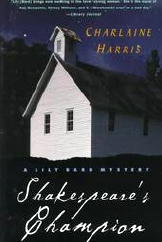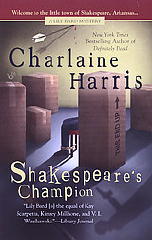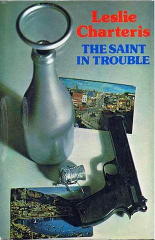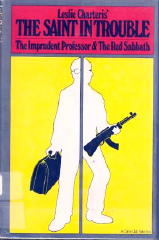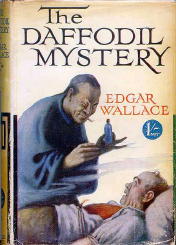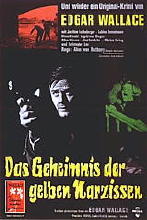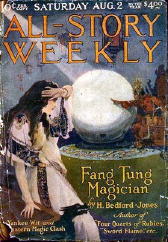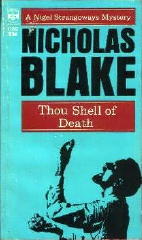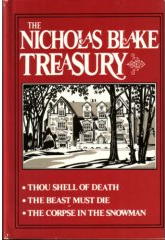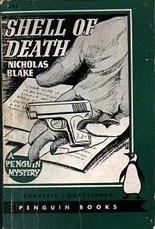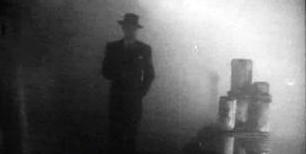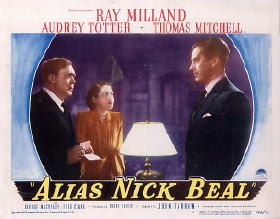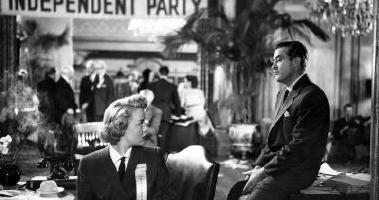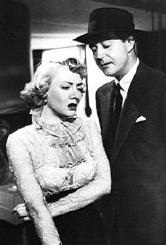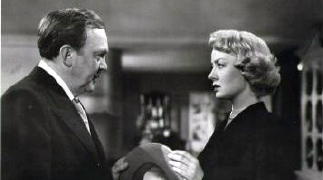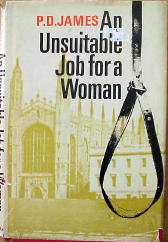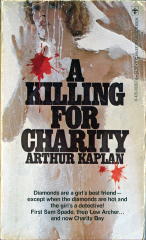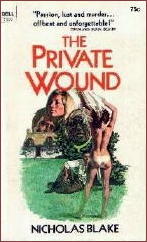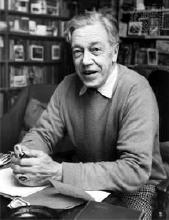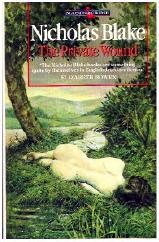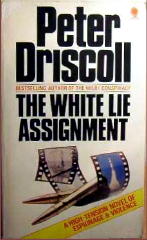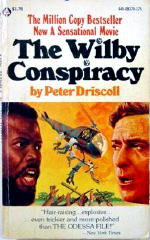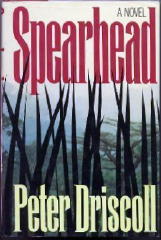Thu 19 Jun 2008
FRIDAY’S Forgotten Books. Archived review: DONALD HAMILTON – The Ambushers.
Posted by Steve under Authors , Characters , Reviews[3] Comments
DONALD HAMILTON – The Ambushers
Gold Medal k1333, paperback original. First printing: 1963. Reprinted several times.
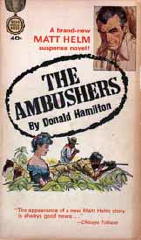
When readers and critics talk about hard-boiled writers, Donald Hamilton’s name never seems to come up, and it should. There may be two reasons for this. First, he didn’t write about private eyes. His primary hero, who appeared in 27 spy fiction novels for Gold Medal between 1960 and 1993, was Matt Helm, a hard-as-nails agent for an unnamed branch of the US government, but still not a private detective. Secondly, Dean Martin, and those godawful movies. I enjoyed them at the time, but I was only in my 20s. What can I tell you?
In the order of appearance, this is the 6th in the series. Starting in a Latin American country falsely called Costa Verde, where Helm takes out the leader of a gang of cutthroat revolutionaries, back to Washington, then out west to Tucson and into northern Mexico, where a leftover Nazi overling has been spotted, Hamilton doesn’t let the story die of the doldrums, to say the least.
There is a girl. Reminiscent of many John D. MacDonald stories, this one needs a rescue, and then some therapeutic rehabilitation. But in this case, Sheila, the agent who ran into problems in Costa Verde, is an essential part of the story, and its ending as well.
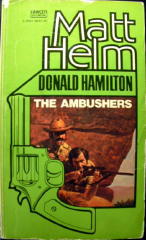
As for Helm, he improvises quickly, making (for example) being caught in a trap all part of the plan, and he has no false compunctions or misgivings about what his job entails. He’s in a rough line of work, no doubt about it, with little or no tolerance for error. James Bond is more famous than he, with more of a Continental flair (and better movies) but by a good margin, Matt Helm is the tougher of the two.
[UPDATE] 06-19-08. My comment at the beginning of this review may have been true when I wrote it, but in the six years between then and now, I think Donald Hamilton has been given his due, at least on blogs and the Internet, if not in terms of new editions of his books at Borders and Barnes & Noble. (Hard Case Crime has reprinted Night Walker, a non- Matt Helm book, and I hope it has done well.)
So it may be that neither Helm nor Hamilton are truly forgotten, but the Matt Helm books have been so long out of print that anyone in their 20s now is very likely never to have heard of him in the first place. Unless they read blogs like this one, and Bruce Grossman’s reviews over at bookgasm and Bill Crider on his blog and John Fraser on his website …
[UPDATE #2] Just after posting this, I went to check my email and by some uncanny coincidence, I discovered that Ed Crocker had posted a long reminiscence about Donald Hamilton on an earlier post here on the Mystery*File blog, back when Hamilton’s death was first reported. I’ve kept what he had to say there, but I’ve moved it here as well. It’s the first comment you’ll see below. Thanks, Ed!

